Sore Neck Muscles – Advice & New Directions On What Helps
A sore neck can limit anyone’s ability to function well throughout the day. Surprisingly enough, most people continue the same bad habits day in and day out that contributed to the sore neck in the first place. If you spend a lot of time in front of the computer, sleep with your arm under your neck or just don’t exercise your upper body, there is a high chance of recurring neck pain in your future. Take a look below for some advice on what can help sore neck muscles

Massage Therapy
When muscles are sore result from overworking or fatigue, a massage can help to relax the muscles and increase blood flow. A professional masseuse can use a variety of techniques to relax tight and stiff muscles, however, a spouse or friend can also be helpful by massaging sore neck muscles. Additionally, there are some neck massagers that are specifically designed to massage the neck muscles. Electric powered neck massagers are popular and can provide needed relief. You should stay away from massagers that are also designed to massage the back as they are usually not sized properly for the neck and can be too overpowering, increasing soreness.
A Supportive Pillow
When your neck muscles are sore, a properly supportive pillow can help alleviate the soreness by allowing the alignment of your head and neck to be in a position that will reduce the strain on the muscles. Specially designed pillows permit this correct posture both in the side and back sleeping positions. If you have a sore neck, particularly in the morning, a choice from many of the new ergonomic neck pillows should be top on your list, along with a new symptom based strategy for using pillows.
Muscles that are sore can be acute (recent) or chronic (ongoing). A strain is an injury to a muscle that can be sudden or a result of microtrauma over a period of time that can result in soreness. This may develop into chronic areas of soreness called trigger points, which can refer pain to other areas.
Heated Treatments
Sometimes, exercising may not help or you’re experiencing too much pain to even attempt exercising your neck. In this case, there are different heated treatments for the neck you can try.
Showering with warm water is another way you can help your sore neck muscles. Make sure your neck is kept straight while you’re in the shower, and allow the water to run down your neck for at least five minutes. As the sore neck muscles begin to loosen, you can do some simple stretches while in the shower.
Heating pads are also available in a new form of deep heating therapy using infrared technology. They are available in anatomically designed wraps that even have battery power, so you are not tied down to a wall outlet. An interesting note to these infrared heating pads is that, while they penetrate deeper than traditional forms of heat therapy, they do not feel as hot. So, these are great for deeper structures like joints and discs, and also provide heat therapy to the neck that does not feel too hot, and are great in warmer climates.
Cold Treatments
Sometimes, treatments that involve heating pads will not bring the level of relief you want. However, in acute painful cases, like an neck injury or a flare-up of arthritis, cold/ice treatment for the neck can help you numb the pain. In an emergency, you can just use anything from your freezer and wrap it in a cloth towel or we have many cold neck wraps specifically designed for the neck and shoulders. These ergonomic wraps produce a more consistent level of cold application, as well as being more anatomically correct.
Simple Stretches
There are some basic neck stretches that you can perform often throughout your day. What makes these stretches so great is that you can do them in an office environment as well.
- Your muscles are stuck and agitated, so using a smooth motion, turn your neck slowly as you rotate your head to each side. This will prove to be slightly painful, but it does help after a few rotations.
- Give your neck improved range of motion by moving it back and forth slowly. In this case, if you start to feel some pain, stop the stretching.
- Much like the last stretch, side to side neck movements can help as well. Flexing your muscles will help you improve your range of motion and eliminate the pain.
Remember to go slow – they should not be painful. Keep your shoulders level and relaxed so the stretch is just in the neck and you are not “cheating” by moving your upper body. Never turn your head around in circles; some suggest this, however, it can be damaging to the joints.
Posture
Postural stress is a major cause of chronic muscle strain. Making sure you have you life ergonomically sound as much as possible oriented to promoting neutral postures during work, leisure and sleep is an important part of reducing strain, stress, and increasing health. It needs to be a conscious effort because poor posture has a way of becoming habit, especially with the use of phones and text neck.
Severe Pain For Sore Neck Muscles
Depending on what you were doing when your neck muscles became sore, not all treatments may work for you. If you are suffering from recurring severe neck pain, seek professional help from a doctor and take a pain reliever to help with the pain.
It is not always easy to know what helps sore neck muscles. Depending on the amount of pain you’re experiencing, you may need to try a combination of several methods.
A 2009 article in Disease-a-Month indicates how neck sprain/strain are often lumped together to describe pain from soft tissues, however, a strain refers to a muscle, while a sprain indicates tendons and/or ligaments. Often, sprain/strain is an initial diagnosis for injuries like whiplash.

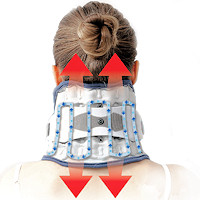 Neck Traction Devices
Neck Traction Devices Cervical Pillows
Cervical Pillows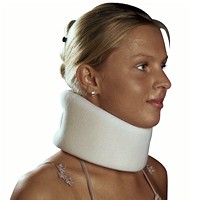 Neck Support Collars
Neck Support Collars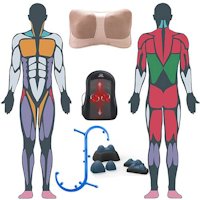 Muscle Therapy Tools
Muscle Therapy Tools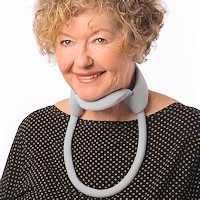 Head Supports
Head Supports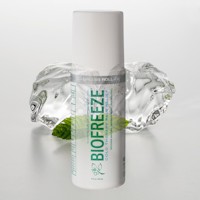 Topical Pain Relievers
Topical Pain Relievers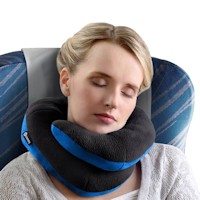 Special Pillows
Special Pillows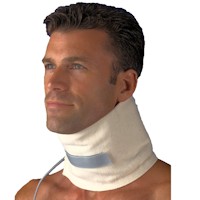 Heat Therapy
Heat Therapy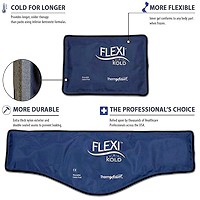 Cold Therapy
Cold Therapy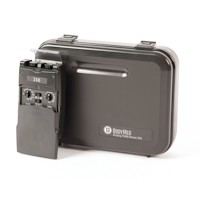 TENS Therapy
TENS Therapy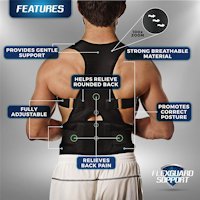 Posture Braces
Posture Braces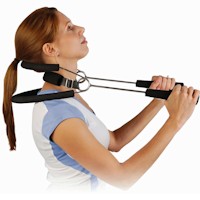 Neck Stabilization
Neck Stabilization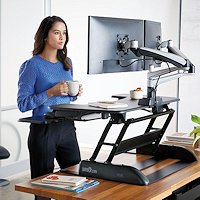 Ergonomic Aids
Ergonomic Aids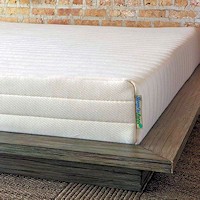 New Mattresses
New Mattresses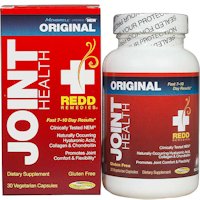 Relief Supplements
Relief Supplements